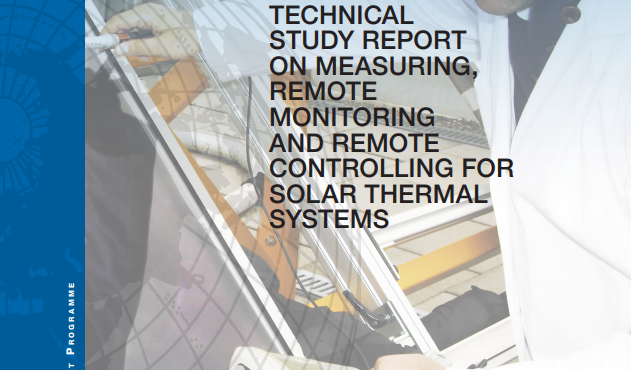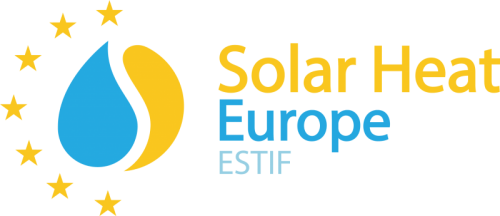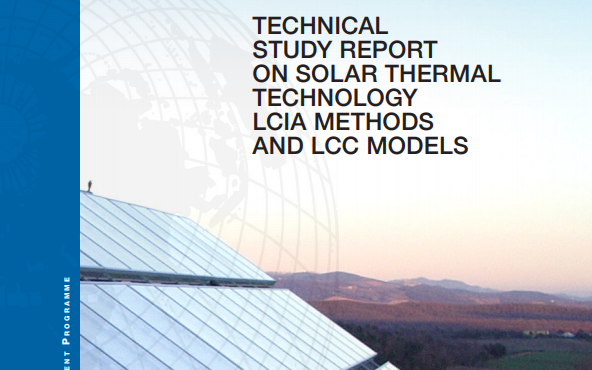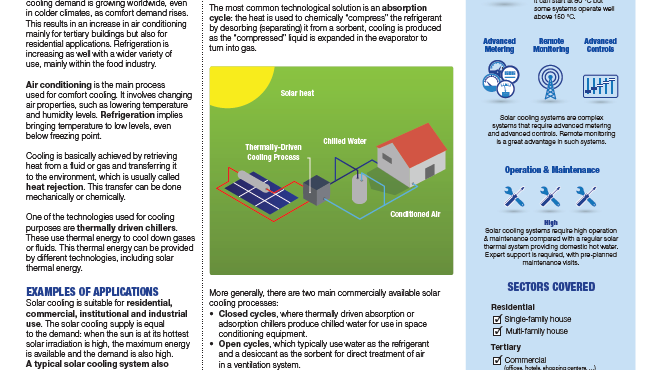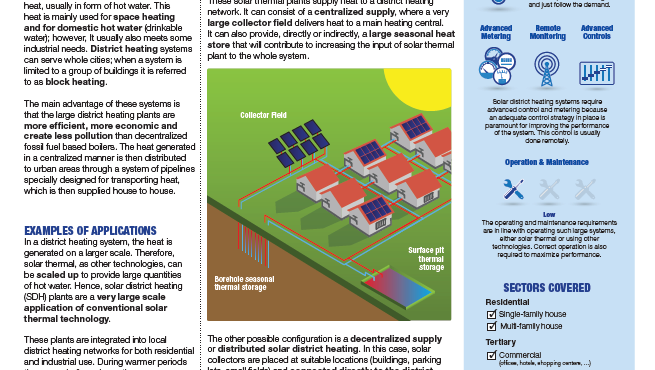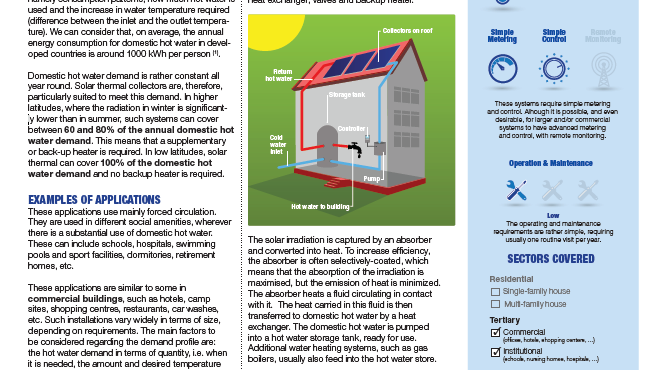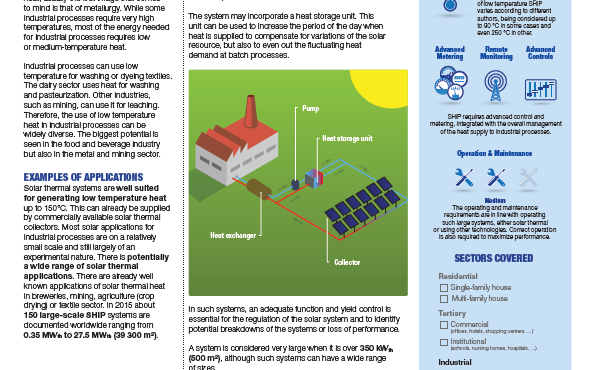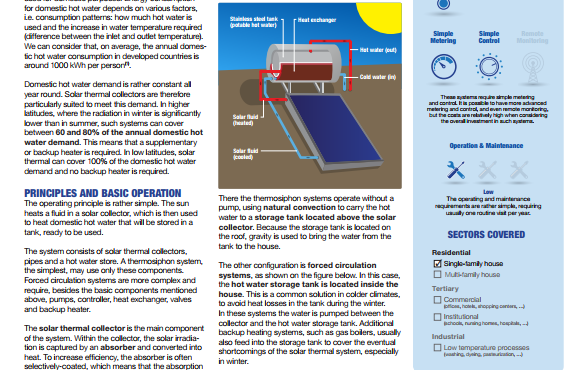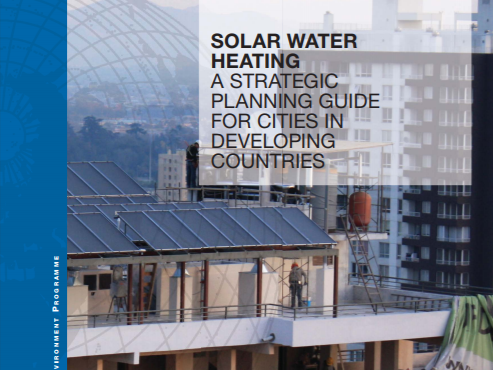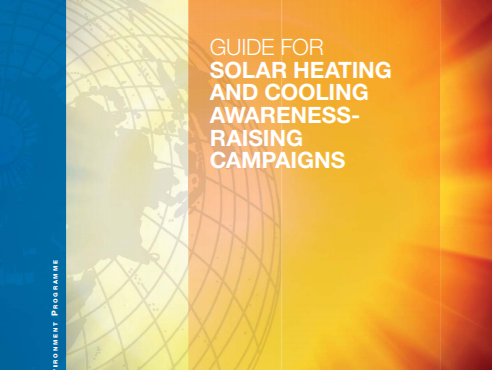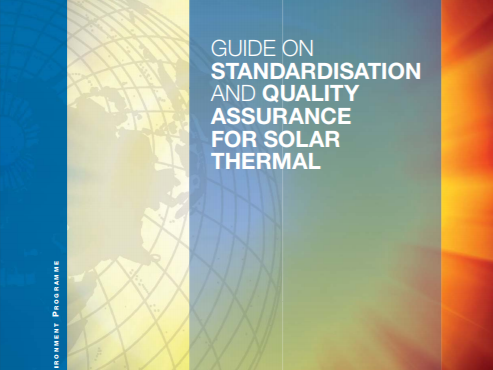The market, media and policy arena often neglect solar thermal, because solar thermal energy is seldom accounted for and the amount of solar thermal heat supplied is neither measured nor displayed in a transparent way. This also results in problems/breakdowns not being spotted quickly. This “Technical study report on measuring, remote monitoring and remote controlling for solar thermal systems” aims at contributing to making measuring, monitoring, and remote controlling more mainstream for smaller systems. Read More...
